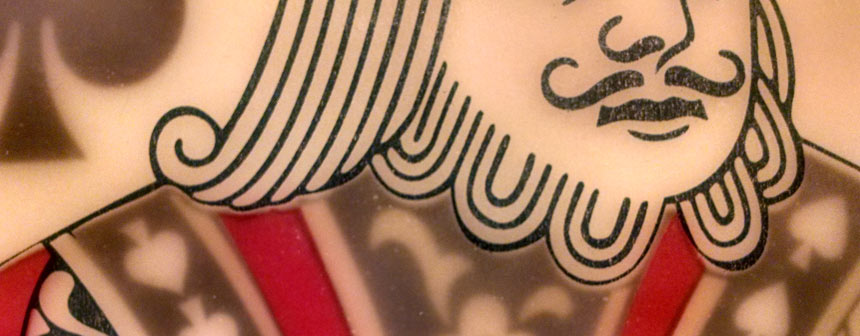

You may think this is horrible, but the thing that gave me the most inspiration was not any of the masterpieces in the gallery, but this cheap 3D doodle contraption that was in the MOMA gift shop.
How could I use encaustic & image transfers to create 3D art?
This led me on an Internet quest through the various methods in use today. While I concluded early on that I could not hand out the blue-red 3D glasses to everyone to view my pieces in all their 3D glory, I did spend quite a bit of time researching stereoscopy — having two images side-by-side with the left eye look at the right image and vice versa. This website has many example of what are called cross-eyed stereograms. You may also recognize some of these as those laser prints that were in mall kiosks in the 90s. I could certainly do some diptychs with the two images.
I eventually concluded that I could not expect people to stand in front of my art for 5 minutes while their eyes blurred into cross-eye. I only had about 2 seconds to make an impression. And this whole concept didn’t veer toward modern or fine art. So that idea got shelved.
This past week I started using a deck of cards intending to create more of my guilloche spinners with them, but as I started doing pieces with a single card image, I found I could deconstruct the layers and separate them between layers of encaustic. My King of Spades piece has 5 image layers. The result is a pretty darn good 3D effect if I do say so myself.

